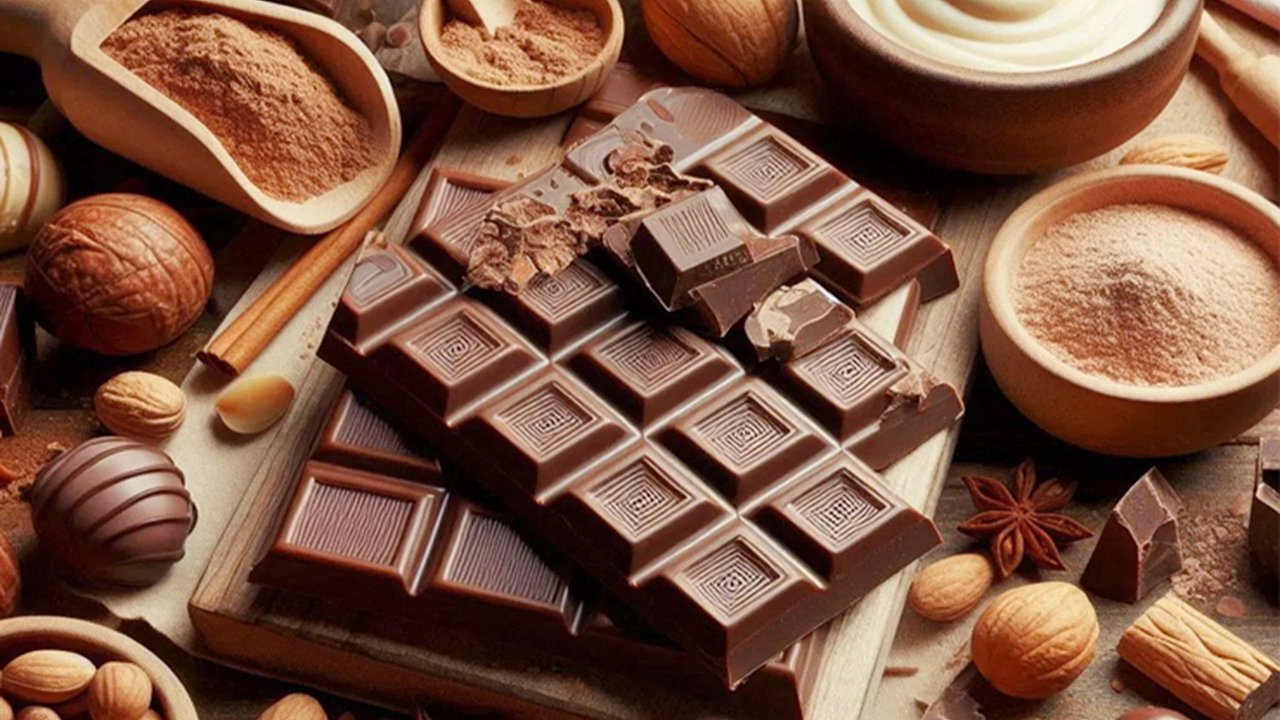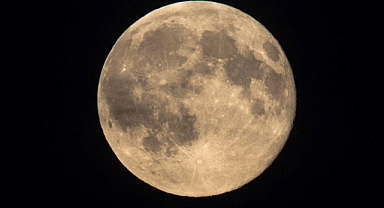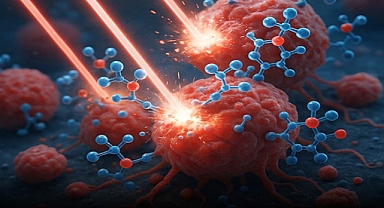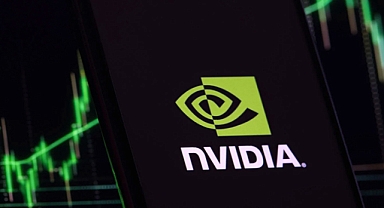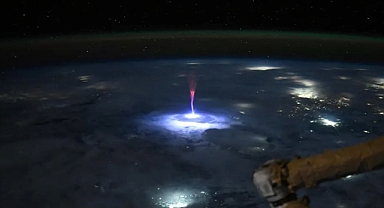National Chocolate Day is an opportunity to indulge and appreciate the journey of cacao from its ancient roots to the modern confections we savor today.A Delicious History of Chocolate
The story of chocolate begins thousands of years ago with the Mesoamerican civilizations of the Aztecs and Mayans, who were among the first to cultivate cacao. They made a bitter drink called “xocolatl”, blending ground cacao beans with spices. In these ancient cultures, cacao was highly valued—not only as a treat but also as currency.When European explorers encountered cacao during their travels in the Americas, they carried it back to Europe. By the 16th century, chocolate had become a luxury item enjoyed by the elite. Over time, production methods evolved. The 19th century saw a significant shift, as the addition of sugar and the invention of solid chocolate turned cacao into the sweeter, creamier form we know today. Chocolate quickly transformed from an aristocratic indulgence into a global phenomenon enjoyed by people everywhere.The Chocolate-Making Process: From Bean to Bar
Chocolate production is a meticulous process that begins with the humble cacao bean, harvested from the Theobroma cacao tree, which thrives in tropical climates across South America, Africa, and Asia. Here’s an overview of how chocolate is made:
Chocolate lovers are spoiled for choice with different varieties, each offering a unique taste experience:
Though chocolate is often seen as a guilty pleasure, moderate consumption—especially of dark chocolate—can offer surprising health benefits. Dark chocolate contains flavonoids, antioxidants that promote heart health and reduce inflammation. Here are a few science-backed advantages:
Whether you’re a casual fan or a passionate chocoholic, October 28th offers the perfect excuse to indulge in your favorite treats. Here are some ideas to make the most of the celebration:
Amid the joy of celebrating National Chocolate Day, it's essential to recognize the importance of safe and ethical production. Manufacturers and regulators must work together to uphold food safety standards, ensure accurate labeling, and prevent contamination. Moreover, consumers should be mindful of the ethical sourcing of cacao, supporting products that promote fair trade practices. With these efforts, we can continue to enjoy chocolate with confidence, knowing that every bite reflects a commitment to quality, safety, and fairness.National Chocolate Day is the perfect time to treat yourself and share the magic of chocolate with loved ones. Whether through baking, tasting, or learning more about its fascinating history, this day is a reminder of how much joy chocolate brings to our lives. So, grab your favorite chocolate treat, savor the moment, and celebrate with every delicious bite. Happy National Chocolate Day!National Chocolate Day on October 28th invites chocolate lovers to indulge in their favorite treats while appreciating the rich history, health benefits, and joy that chocolate brings. From dark to white chocolate and even ruby varieties, this day offers a chance to celebrate and explore all things chocolate.
The story of chocolate begins thousands of years ago with the Mesoamerican civilizations of the Aztecs and Mayans, who were among the first to cultivate cacao. They made a bitter drink called “xocolatl”, blending ground cacao beans with spices. In these ancient cultures, cacao was highly valued—not only as a treat but also as currency.When European explorers encountered cacao during their travels in the Americas, they carried it back to Europe. By the 16th century, chocolate had become a luxury item enjoyed by the elite. Over time, production methods evolved. The 19th century saw a significant shift, as the addition of sugar and the invention of solid chocolate turned cacao into the sweeter, creamier form we know today. Chocolate quickly transformed from an aristocratic indulgence into a global phenomenon enjoyed by people everywhere.The Chocolate-Making Process: From Bean to Bar
Chocolate production is a meticulous process that begins with the humble cacao bean, harvested from the Theobroma cacao tree, which thrives in tropical climates across South America, Africa, and Asia. Here’s an overview of how chocolate is made:
- Harvesting: Ripe cacao pods are collected, and the beans are removed from the pods.
- Fermentation: The beans are fermented for several days to develop the complex flavors that make chocolate distinctive.
- Drying and Roasting: After fermentation, the beans are dried and roasted, deepening the flavor and making it easier to remove the outer shells.
- Grinding: The roasted beans are ground into chocolate liquor, a thick paste that forms the base for all types of chocolate.
- Refining and Tempering: The liquor is refined and tempered to achieve a smooth, glossy texture, ready to be molded into chocolate bars or other confections.
Chocolate lovers are spoiled for choice with different varieties, each offering a unique taste experience:
- Dark Chocolate: Made with cocoa solids, cocoa butter, and minimal sugar. Known for its bold flavor and high antioxidant content, dark chocolate is often preferred by purists.
- Milk Chocolate: Contains cocoa solids, cocoa butter, milk, and sugar, offering a creamier, sweeter profile that appeals to many.
- White Chocolate: Made from cocoa butter, milk, and sugar but lacks cocoa solids, giving it a distinctively sweet and creamy flavor.
- Ruby Chocolate: A newer addition with a natural pink hue and fruity taste, created from specially processed cacao beans.
Though chocolate is often seen as a guilty pleasure, moderate consumption—especially of dark chocolate—can offer surprising health benefits. Dark chocolate contains flavonoids, antioxidants that promote heart health and reduce inflammation. Here are a few science-backed advantages:
- Lower Blood Pressure: The flavonoids in dark chocolate can improve blood flow and help lower blood pressure.
- Improved Mood: Compounds like serotonin and phenylethylamine found in chocolate can enhance mood and feelings of happiness.
- Cognitive Support: Studies suggest that chocolate may improve brain function and protect against age-related cognitive decline.
Whether you’re a casual fan or a passionate chocoholic, October 28th offers the perfect excuse to indulge in your favorite treats. Here are some ideas to make the most of the celebration:
- Host a Chocolate Tasting Party: Invite friends and sample various types of chocolate, comparing flavors, textures, and origins.
- Bake a Chocolate Dessert: Whip up some brownies, chocolate cake, or homemade truffles. There’s no better day to enjoy a chocolate-filled kitchen.
- Visit a Chocolate Shop or Factory: Support local chocolatiers or take a factory tour to see how chocolate is made, often with tastings along the way.
- Try Unconventional Chocolate Recipes: Experiment with unusual chocolate combinations, such as chocolate chili or savory chocolate sauce.
- Share on Social Media: Use the hashtag #NationalChocolateDay to post photos, recipes, or memories. Join the conversation and see how others are celebrating around the globe.
- Theobroma Cacao: The scientific name of the cacao tree translates to “food of the gods”, reflecting the reverence for cacao in ancient cultures.
- Record-Breaking Bar: The largest chocolate bar ever made weighed more than 12,000 pounds and was created in the United Kingdom in 2011.
- Chocolate Consumption: Switzerland leads the world in chocolate consumption, with the average person eating around 19 pounds of chocolate per year.
- World War II Rations: Chocolate was included in soldiers' rations during World War II, boosting its popularity in the U.S. and Europe.
Amid the joy of celebrating National Chocolate Day, it's essential to recognize the importance of safe and ethical production. Manufacturers and regulators must work together to uphold food safety standards, ensure accurate labeling, and prevent contamination. Moreover, consumers should be mindful of the ethical sourcing of cacao, supporting products that promote fair trade practices. With these efforts, we can continue to enjoy chocolate with confidence, knowing that every bite reflects a commitment to quality, safety, and fairness.National Chocolate Day is the perfect time to treat yourself and share the magic of chocolate with loved ones. Whether through baking, tasting, or learning more about its fascinating history, this day is a reminder of how much joy chocolate brings to our lives. So, grab your favorite chocolate treat, savor the moment, and celebrate with every delicious bite. Happy National Chocolate Day!National Chocolate Day on October 28th invites chocolate lovers to indulge in their favorite treats while appreciating the rich history, health benefits, and joy that chocolate brings. From dark to white chocolate and even ruby varieties, this day offers a chance to celebrate and explore all things chocolate.
